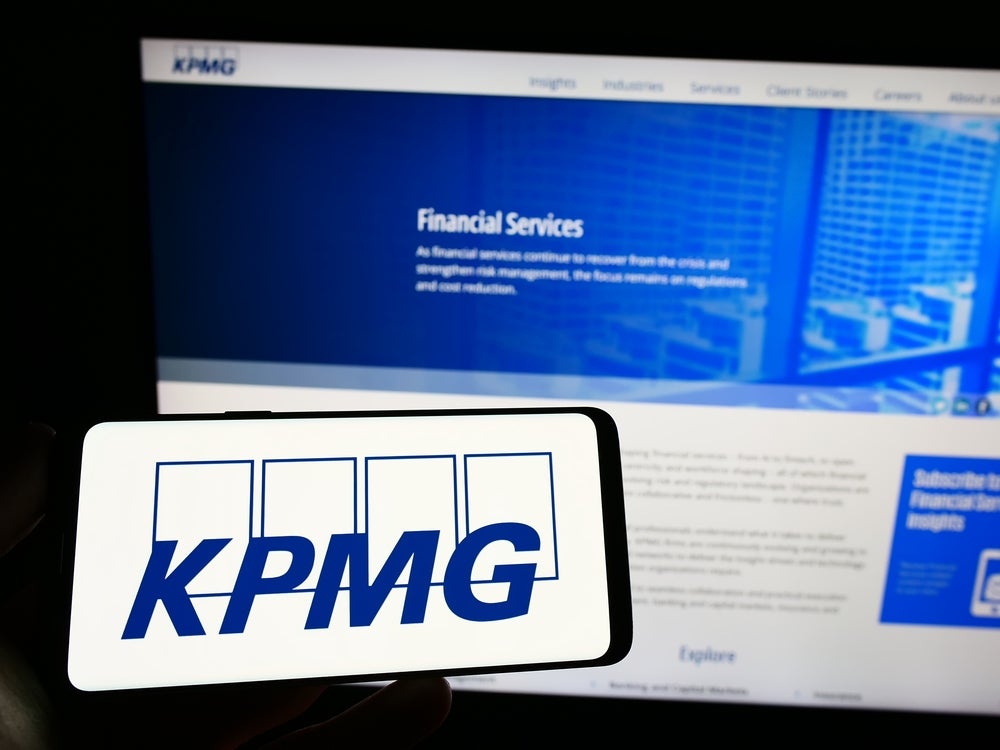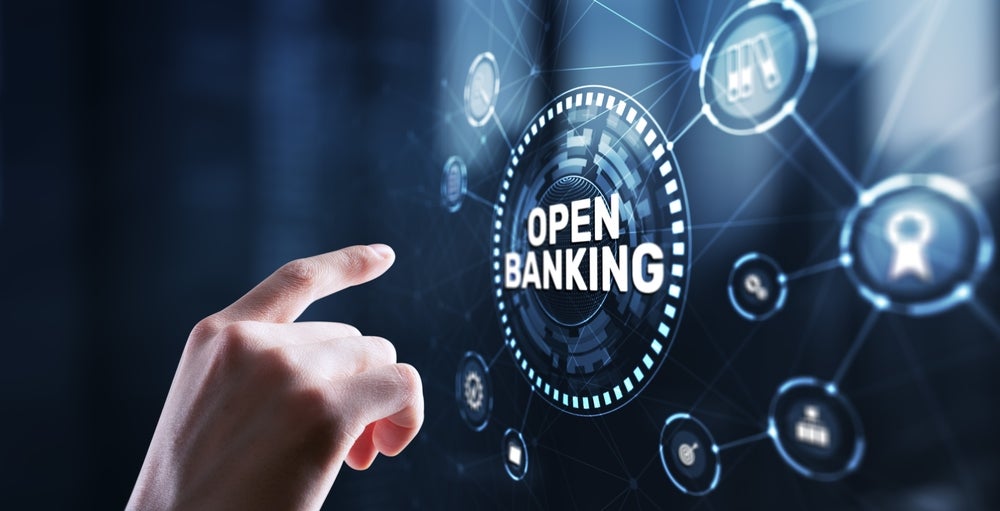Client onboarding is an essential tool for maximising new business. Senthil Radhakrishnan talks us through the points systems, rewards and competition that are key to the latest phase in client onboarding that is Gamification. Welcome to the realm of Generation Millenial
Client lifecycle management (CLM) operations involve transforming prospects into clients, but can also apply to existing clients looking to buy new services and solutions. Essentially, when ‘onboarding’ a new client there are a number of checks and processes that a financial institution will have to complete.
These activities include collecting all the details of the client organisation, such as: name, registration, address, purpose, products interested and ownership structure, KYC (know your customer) checks for political affiliation, risk scoring, other regulatory checks like AML, MIFID, Dodd Frank and finally setting the client up in various IT systems.
There can be variations of the activities outlined above for scenarios like client seeking additional services, changing their ownership structure, changing address, etc.
Client onboarding (CoB), as simple as it sounds, certainly has its challenges, which include:
- Process adjustments due to regulatory changes
- Multi-step case routing involving various groups, making the process slow and difficult to coordinate
- Incomplete/wrong data entry resulting in rework and delays
- Multiple ways to implement it with variations by organization type, size and operating region
- Balancing business priorities of onboarding quickly(before all approvals), with operational challenges and regulatory mandates
- Monitoring SLAs is difficult as there is a client dependency (for documentary evidence or additional data inputs)
There are several initiatives available to address these challenges, including technology solutions with better business process management (BPM) capabilities and operation process optimisation, with the implementation of tools like lean-sigma and Kanban. In this article, however, I focus on people applying ‘gamification’ trends that are prevalent among the millennial generation, which dominates the workplace.
Let the games begin!
How well do you really know your competitors?
Access the most comprehensive Company Profiles on the market, powered by GlobalData. Save hours of research. Gain competitive edge.

Thank you!
Your download email will arrive shortly
Not ready to buy yet? Download a free sample
We are confident about the unique quality of our Company Profiles. However, we want you to make the most beneficial decision for your business, so we offer a free sample that you can download by submitting the below form
By GlobalDataOnboarding is a key step that determines a client’s opinion of an institution; first impressions matter. Having a progressive system, in a people-centric operation, can tremendously increase the amount of business conducted between the client and the organisation and reduces the chances of clients dropping out or being dropped out of the process. This onboarding system involves working with many teams and processes, which is why gamification is so relevant.
Gamification is the use of game-like thinking and mechanics in non-game contexts to engage users in solving problems.It has been proven to improve user engagement, data quality, timeliness and learning. In a CoB context, gamification has several benefits, including: the real-time evaluation of individuals, the opportunity and venue to improve performance early on, and the inducement of employees to connect their work and non-work world of smartphone and Facebook games and applications.
A gamified system, which is objective and team-oriented, can streamline outcomes more effectively. Not only this, but it can also help to highlight top performers in an inventive, real-time manner. Using technology, the complex onboarding cases of the top clients can be assigned to the top performers, further improving the overall throughput, efficiency and quality of the system.
Similarly, it can also help to identify where mistakes are commonly being made and help to improve overall quality. Seemingly trivial traits of client onboarding operations do in fact carry serious implications should there be mistakes. Worse, if one doesn’t upgrade his or her skills, in a process that demands constant learning and compliance to different nuanced regulations, mistakes will repeat.
Gamification introduces a concept that will incentivise operation teams to work more effectively. It will aid realising business goals of better and faster client service, with fewer mistakes and lower costs. Gamification can also be extended to other areas of capital market operations, such as trade processing, trade surveillance, custody management, and so on.
Ready, steady, GO!
A key aspect in achieving required business goals is in the Gamification design. A well-designed point system with a simple user-interface can be highly productive. A flawed system, however, can worsen performance of employees and even create a cynical environment.
Some core aspects of a gamified platform are point systems and rewards, as well as elements of competition in comparison to others. For those looking to implement a gamification system within their organisation, here are a few key recommendations:
- Point system -The tasks involved with CoB are fairly routine; for example, entering client details, reviewing a client, tracking with a client for documents and information and much more. Skill samples include: client data entry, data entry review, compliance review, account setup, and account setup review, to list a few. With any routine work, sometimes complacency can lead to mistakes; yet by associating a point system to each task, employees can feel more engaged with the process. For example, scores could be marked in areas such as: number of onboarding cases taken up by an operator, the time taken to process each case, the nature of the steps in the process – complex or risky processes receive more points, while the simpler ones receive fewer points – with penalty points for mistakes or bad client feedback. Skill levels will naturally vary based on the nature of client services requested and the region of onboarding, as such, points will also vary based on activity type. Operators will have assigned skills based on whether they can take up one or more types of tasks; the more skills an operator has, the more chances he or she has to take up different types of tasks and earn more points. Similarly, most tasks would have a review process, and if the task is returned uncompleted then points will be deducted; the number of deducted points would then be monitored with a penalty for frequent mistakes. Examples of skill samples include client data entry, data entry review, compliance review, account setup, and account setup review. The skill level can vary based on the nature of client services requested and the region of onboarding. The points will also vary based on activity type. Also, as the onboarding process is considered a team activity, which involves co-operation among members, bonus points can be given to team-driven outcomes.
- Rewards – Reliable and consistent performance requires something more than points; the points need to lead to more tangible rewards and recognition within the company. Badges can be given out for consistent high performance, error-free work, efficiency, etc. The rewards and badges would then be linked to a user’s profile, which would be visible to other team members. Team members could also have access to a stock of undedicated badges, which they can gift to deserving colleagues to commend special performance. The rewards, when translated to a CLM context, can be presented based on number of factors, such as: positive client feedback with regards to onboarding experience, data-entry for the highest number of clients in a month or quarter, fulfilling the most CLM requests in a month or quarter, or mentoring team members in the acquisition of one or more new skills. Through exercising these methods, best practice is constantly being recognized and rewarded and employees gain greater recognition across the business.
- Competition/comparison – This is a tricky component that requires careful consideration. Comparing one’s performance with others in a public way can at times demotivate people in less mature organizations or systems; employees may feel their hard work too often goes unnoticed. We could remedy this with a compromise: only display the top five performers or leaderboards. Comparison can also apply to non-point attributes, examples include learning new skills within a certain timeframe, or maximum ‘raves’ or ‘recommendations’ from colleagues, and so on.
The principles explained here can be implemented thanks to advances in technology and the changing habits and lifestyle of the millennial generation (who will soon form the bulk of the workforce). Adapting to it may seem ‘game-changing,’ but in many ways it’s just common sense.






